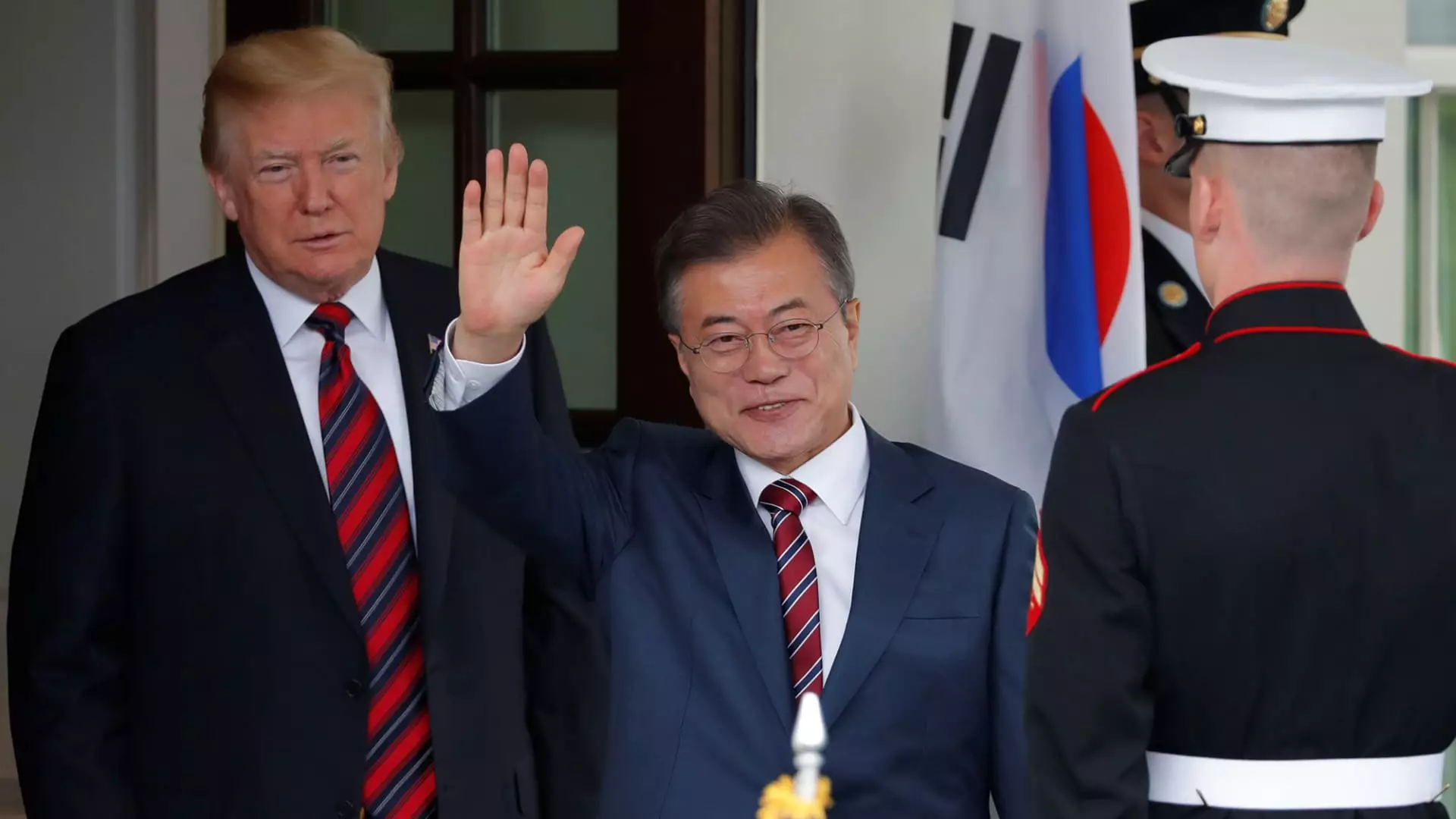The prospect of increased tariffs on U.S. trading partners has left the automotive industry on edge, particularly in relation to imports from South Korea and Japan. With these East Asian nations representing a significant share of automobile sales in the United States, the potential economic ramifications warrant careful examination. Understanding both the statistics and real-world implications can illuminate the broader impact of trade policy changes on the automotive landscape.
As of the previous year, South Korea and Japan combined contributed to around 16.8% of vehicle sales in the United States, with South Korea alone accounting for an impressive 8.6%, while Japan contributed 8.2%—data from GlobalData indicates. These figures underscore the importance of these countries as major importers in the U.S. automotive market, especially when contrasted with the absence of tariffs on imports from South Korea. In contrast, Canada and Mexico face a 25% tariff, emphasizing an apparent disparity in tariff structures impacting the same industry.
The dominance of South Korean automakers, particularly Hyundai, cannot be overstated. Hyundai has experienced growth in exports to the U.S., positioning itself as the second-largest exporter of vehicles after Mexico. Vehicles manufactured by General Motors (GM) and Hyundai continue to enjoy tariff-free access, allowing them to maintain a competitive edge. However, the looming threat of additional tariffs may complicate these dynamics, creating uncertainty.
Import Tariffs: A Double-Edged Sword
Currently, imports from Japan are subjected to a 2.5% tariff, affecting well-known automakers like Toyota, Nissan, and Honda. Interestingly, this percentage represents a decline in Japan’s market share over recent years, despite the continuous rise of South Korean automotive exports. Notably, while South Korea’s car exports saw a dramatic increase—growing from less than 845,000 vehicles in 2019 to over 1.37 million in 2024—the sales from Japan diminished, indicating a potential shifting of industry weight.
The negotiations surrounding tariffs and foreign trade agreements often reflect the complicated nature of international relations. The revised trade agreement with South Korea, championed by then-President Trump in 2018, primarily aimed at enhancing U.S. exports to South Korea; however, it has largely failed to bolster U.S. automotive exports back to the States, raising questions about its effectiveness.
The ramifications of new tariffs on the automotive industry could extend far beyond just the prices of the vehicles themselves. A significant concern among industry experts is the likelihood of manufacturers passing additional costs onto consumers, which may, in turn, decrease overall demand for new vehicles. This possibility could create a cascade of complications for both manufacturers and consumers alike.
The South Korean automaker, Hyundai, stands to face immense risk due to its substantial exposure in the U.S. market. GM, too, has increased its imports from South Korea, with its sales of South Korean-produced vehicles nearly doubling in the span of just a few years. Their dependence on these imported models and the potential for new tariffs could deter growth and market strategies that have proven successful thus far.
Industry Adaptability and Future Outlook
Trade and automotive experts remain cautiously optimistic, suggesting that the industry has historically demonstrated resilience in adapting to challenges. Terence Lau, a law professor with experience in the field, asserts that while the automotive market can adjust, it requires time and strategizing. It is vital that automakers continue to innovate and focus on consumer preferences to maintain market share, especially as tariffs place additional financial burdens on operations.
Ford Motor’s CEO, Jim Farley, underscores the importance of a comprehensive tariff approach that does not selectively target specific countries. Rather than creating an uneven playing field, he advocates for an all-encompassing strategy that addresses competitive advantages of global players in the market.
As we stand on the brink of possible tariffs, the auto industry faces an uncertain future. The President’s recent discussions surrounding “reciprocal tariffs” may signal a larger shift in policy, but until concrete decisions are made, automakers must brace for volatility. Ultimately, vehicle exports, market shares, and consumer pricing hinge on the outcomes of these proposed tariffs, making it essential for stakeholders to engage actively in discussions surrounding trade policy.

